The Legal Battle Over California’s Sea Wall
An ongoing legal battle between the residents of Half Moon Bay City and the Californian government may reshape a vast portion of the state’s coastal region.
Worried citizens are trying to build an enormous concrete wall to protect their homes against rising sea levels and natural disasters. Yet, they’ve been met with strong opposition from the Californian governmental body, who claim beach access will be lost if the wall is constructed.
Half Moon Residents Fight to Build Wall
Residents of Half Moon Bay, a city that lies 30 miles south of San Francisco, are battling against the Coastal Commission to get approval for a colossal 250-foot sea wall.

Source: Smith Collection/Gado/Getty Images
Aimed at protecting their homes against coastal erosion and destructive storms, the citizens have been seeking approval for the construction project for nearly a decade.
Severe Storm Forces Citizens to Take Action
Citizens who lived along Miranda Road in the city of Half Moon Bay were forced to take action after a detrimental storm destroyed 20 feet of bluffs eight years ago.

Source: Michał Franczak/Unsplash
After expressing fears of the rising sea levels and future storms, the residents managed to obtain an emergency permit from the California Coastal Commission, which allowed them to replace the destroyed bluffs with a temporary rock barrier.
Plans for the Future
While the rock barrier helped settle the nerves of residents, they decided that a long-term solution was needed. So they came together and spent over $200,000 on research, which brought forth an option to solve their problem.
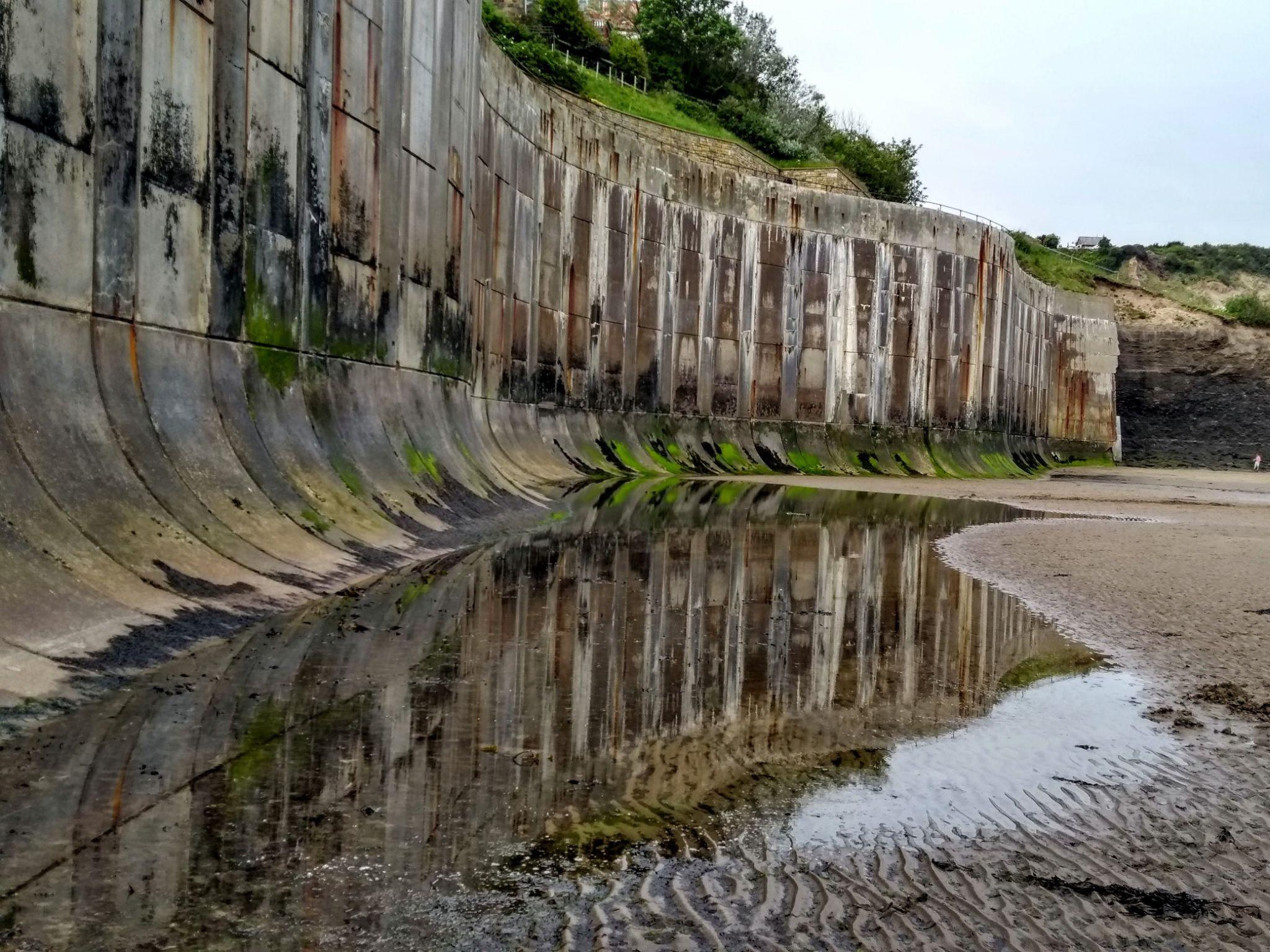
Source: @Bayfair1975/X
Engineers surmised that the best option would be to build an enormous 257-foot concrete wall, a project estimated to cost over $5 million. However, they had to first apply to the Coastal Commission for approval.
The Coastal Commission Refuses Approval
While staff at the commission initially recommended the plan for approval, the commission ultimately refused the proposal five years ago.
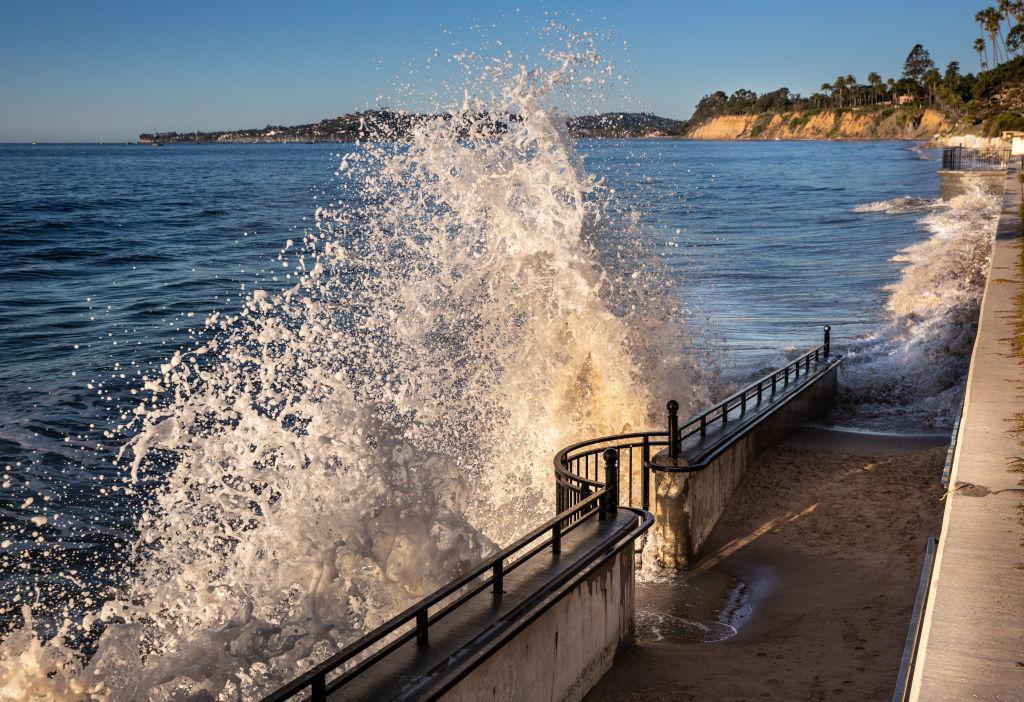
Source: George Rose/Getty Images
However, they allowed the construction of a much smaller 50-foot wall to protect a small apartment complex.
Not Willing to Give Up Beach Access
Speaking to The Mercury News, Dayna Bochco, who sat as the chair of the Coastal Commission during the time, clarified the decision to refuse the worried residents their sea wall.

Source: Freepik
“Sea walls eat away at the beach. So someday, as this keeps moving in and in, you are going to lose that beach if you have that sea wall. I think it’s anti-access,” she said.
Commission Tries to Stick to Coastal Act
According to reports, the Coastal Commission does its best to only approve projects that align with the 1976 Coastal Act.
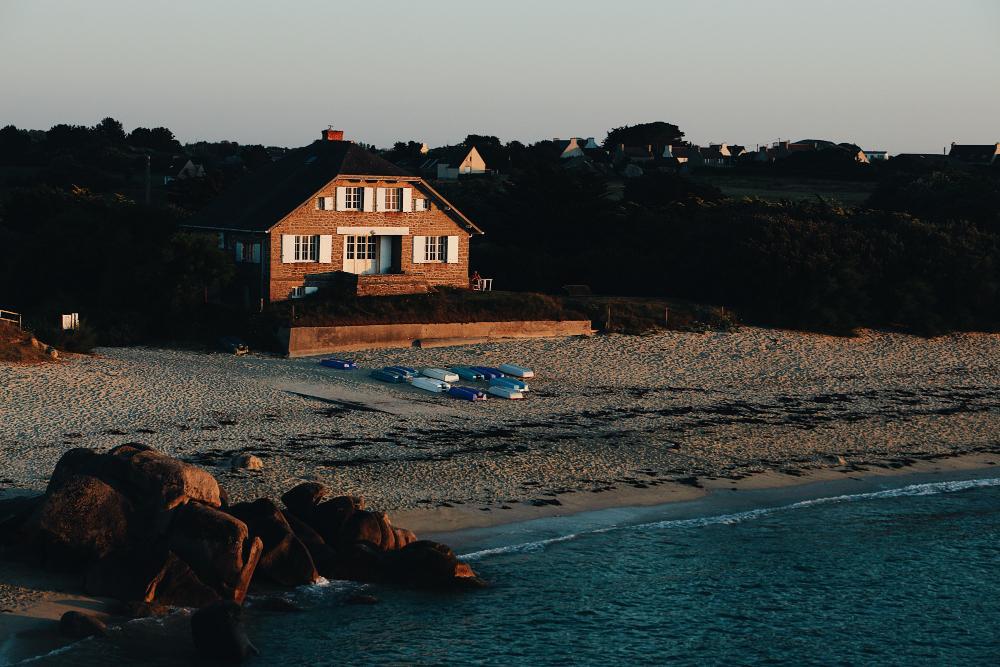
Source: Freepik
The law states that approval to protect an existing structure should only be granted to those built before 1977, the year the Coastal Act was enacted.
Miranda Road Homeowners Sue Commission
However, the residents of Miranda Road did not give up on their dream of a huge sea wall without a fight and decided to sue the Coastal Commission.

Source: EKATERINA BOLOVTSOVA/Pexels
A judge from the San Mateo County Superior Court ruled in favor of the residents. Yet, as the Coastal Commission decided to appeal, the case will likely be settled in California Supreme Court.
The Risk of Losing Prized Beaches
The outcome of the case may affect not only the coastline of Half Moon Bay but also the entire state.
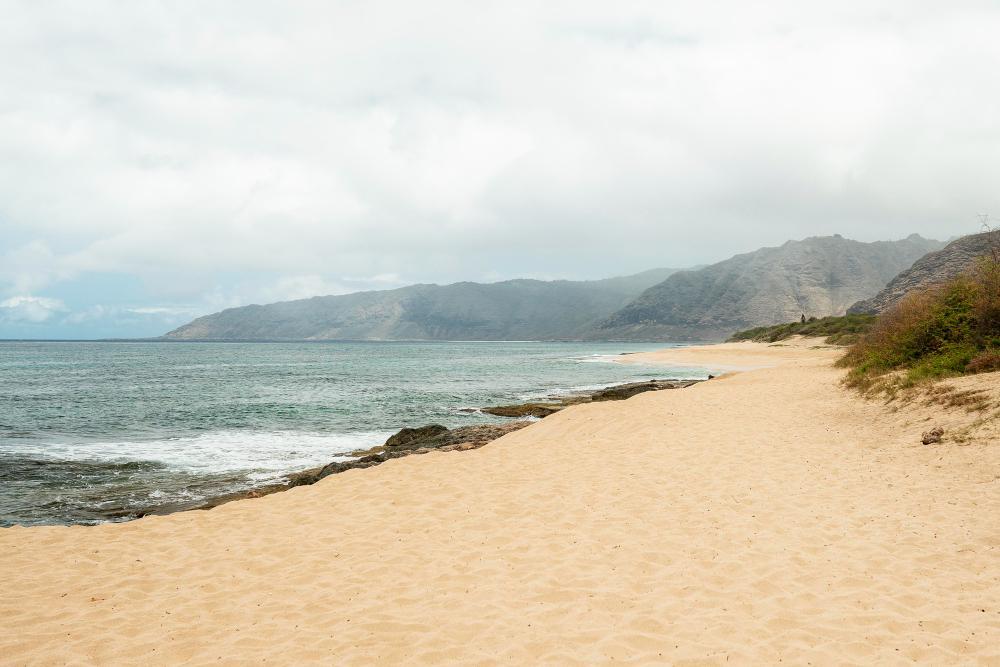
Source: Freepik
Judges could decide to force the state into allowing residents across California to construct sea walls in places deemed necessary. However, this would result in the loss of many of California’s prized beaches.
Rising Sea Levels in California
According to scientific reports, the Pacific coast is on course to rise by around two feet by 2050 and double that by 2100. Unfortunately, this looming problem is set to affect many of California’s coastal property owners.
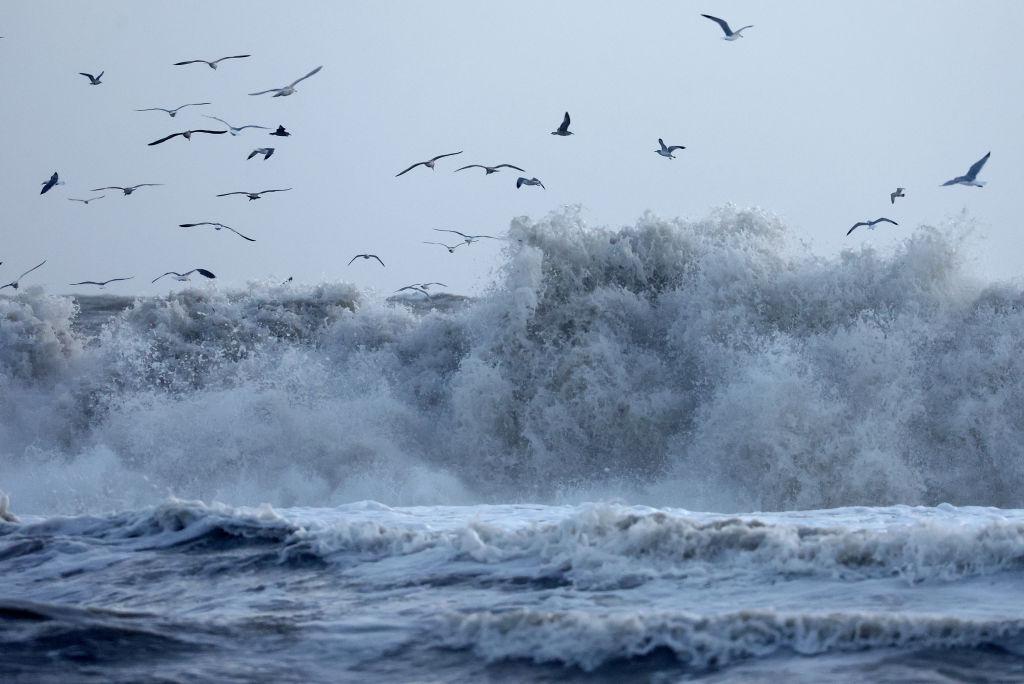
Source: Mario Tama/Getty Images
If the commission loses the case, the state could likely be forced to pay many coastal homeowners millions of dollars to relocate inland.
Former Commission Director Fears the Worst
Speaking with The Mercury News, Charles Lester, who served as the Coastal Commission director for five years, claims it would be deplorable if the commission loses the case against the residents of Half Moon Bay city.
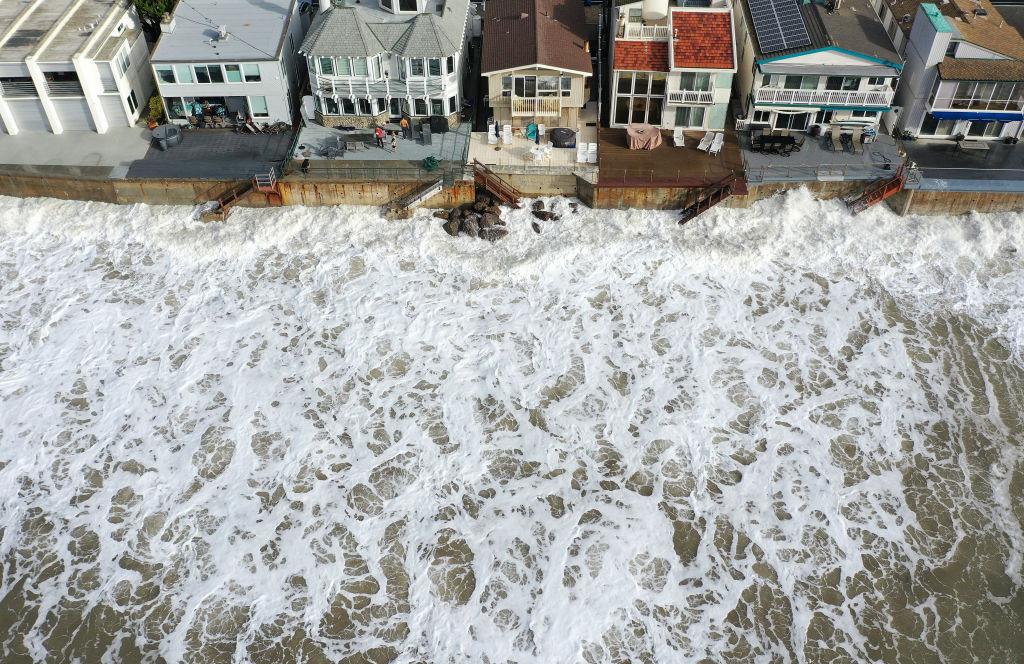
Source: Mario Tama/Getty Images
“It basically would mean that you could get a sea wall for any development after it’s built. I think it would have a chilling effect on the capacity of the commission to avoid sea wall development,” he said.
Beaches Are More Important Than Coastal Homeowners?
Gary Griggs, a professor of earth sciences at the University of California, says the rising sea levels in the Pacific Ocean “is the biggest dilemma human civilization has had to face” (per The Mercury News).

Source: Freepik
“There are 39 million people in California,” Griggs added. “When you look at the number of people who use the beaches compared with the number of people who own coastal property, what is the greater public good?”
